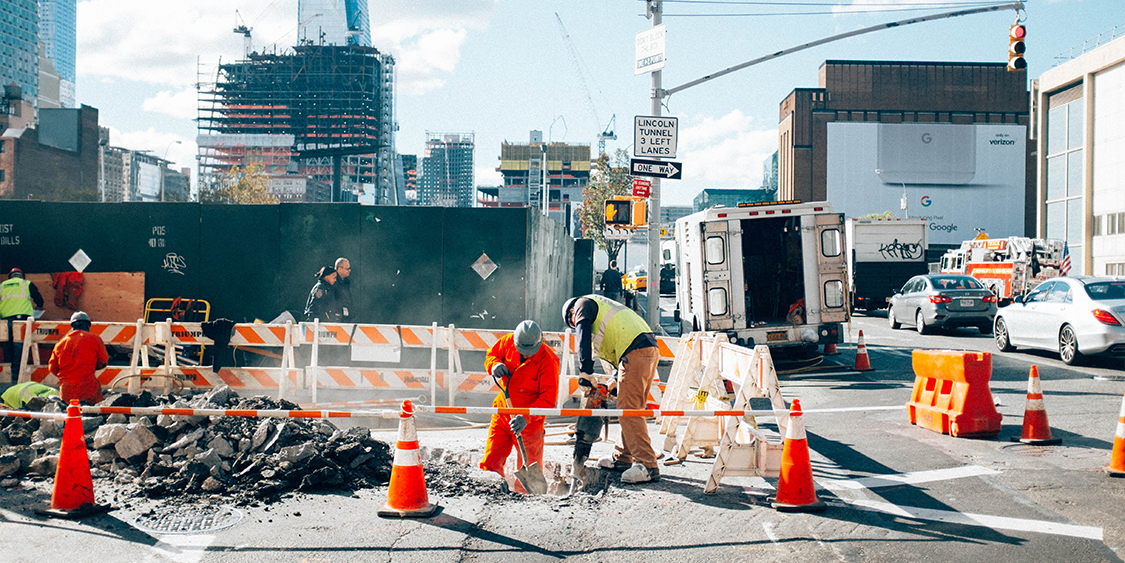
At the core of every wet work program is the initiation of a wet work permit. Employees, third-party service providers and independent contractors should be required to complete a request for a wet work permit and get that request approved by the construction site supervisor prior to conducting any form of wet work (e.g., plumbing, piping, pumping or drainage) on the job site. That being said, the construction site supervisor should be prepared to conduct a wet work job site inspection prior to issuing any wet work permits.
This checklist outlines important topics to assess in a wet work job site inspection. Take a look at some of the concerns that must be properly corrected before the construction site supervisor can issue a wet work permit:
1. Has all necessary equipment required to complete the wet work been provided? Is this equipment adequately maintained and in good condition?
2. Are all pressure-testing devices or rigs suitable for the current construction site conditions (e.g., temperature, pressure and flow rates)?
3. Is there a well-documented plan in place that explains what to do if a leak or accidental water discharge occurs? Has this plan been communicated in routine construction site meetings?
4. Are the locations of all shut-off valves well-known and accessible? Are these valves properly labelled for easy identification?
5. Are all pipe diagrams readily available?
6. Has any piping been drained before the start of the wet work?
7. Is there an easily accessible spill response cart at the construction site?
8. Are there any floor openings or cracks through which a leaking fluid could enter and damage areas below? If so, can these openings or cracks be adequately blocked and protected?
9. Are there adequate controls in place to protect any sensitive equipment—such as electrical tools or devices—from water damage?
10. Are all drains at the construction site—both in the floors and any sinks—fully functional and clean?
11. Is any work being performed on the roof? If so, are all roof drains and scuppers completely operational and free of debris? Do any roof drains or downspouts permit water to run back into the building?
12. Has an individual (or group of individuals) at the construction site been designated as the dedicated “water watch” (a person or group of people responsible for helping inspect the job site during and after the wet work to ensure any leaking or water damage has not occurred)? Is this individual (or group of individuals) fully competent, trained and qualified for such a responsibility?
Find out more:
Download your own copy of our Wet Work Job Site Inspection Questions Checklist for free to ensure you remember to address important concerns during wet work job site inspections:


